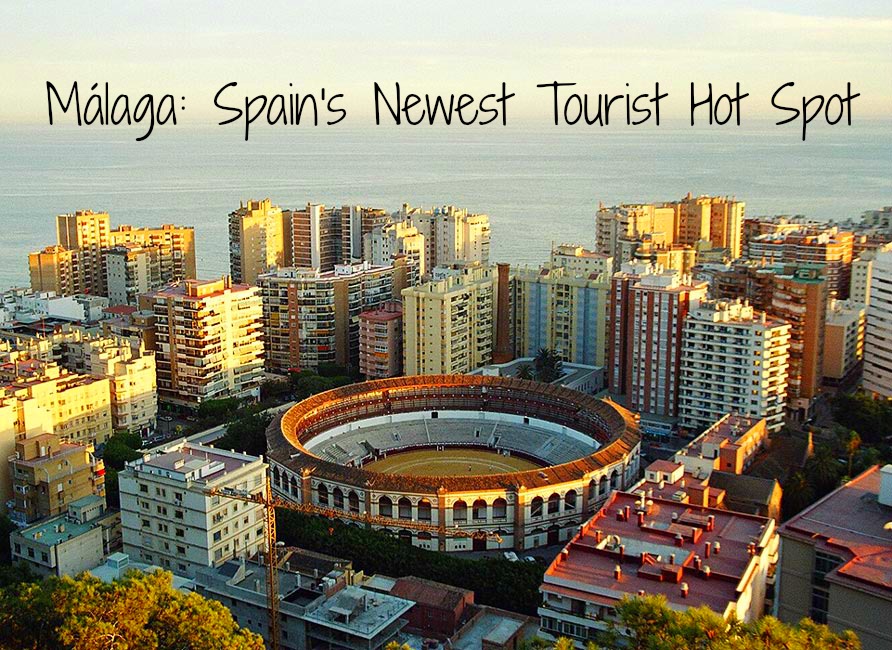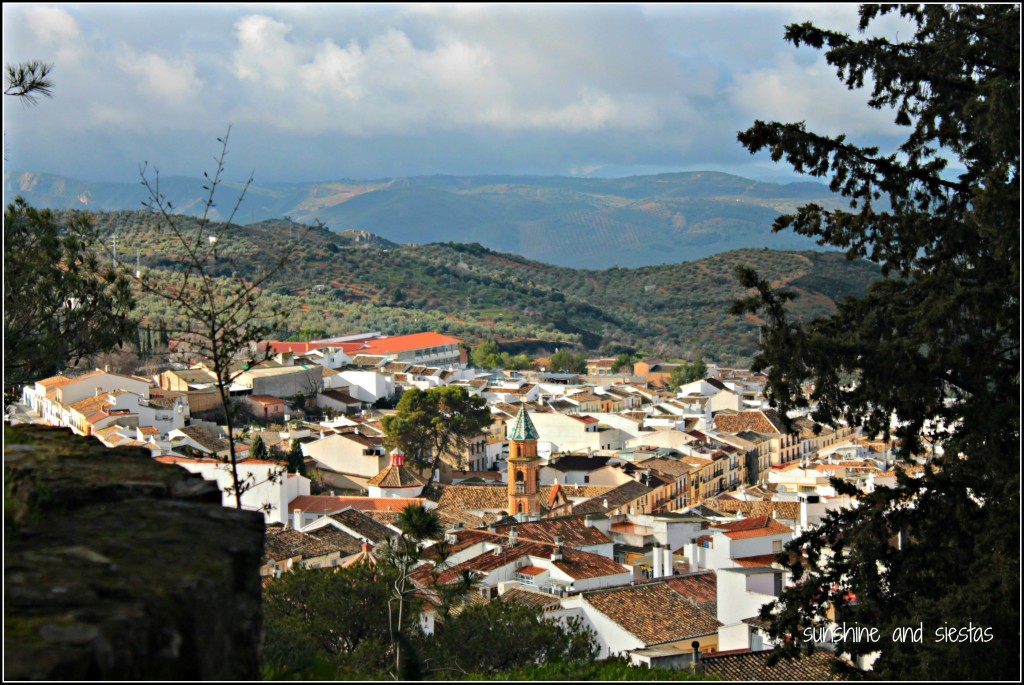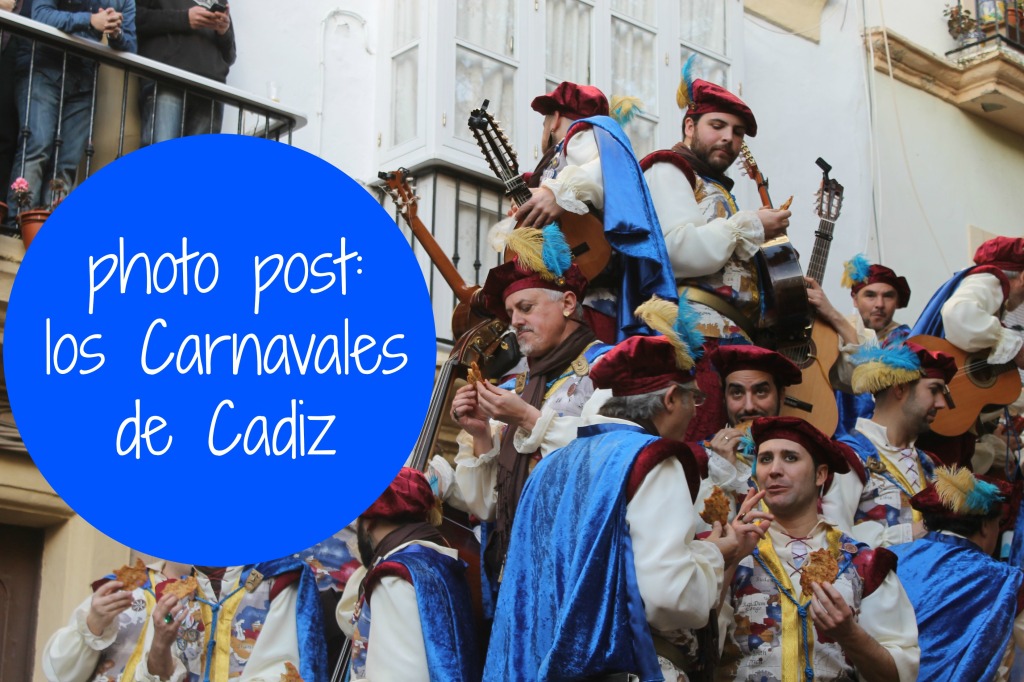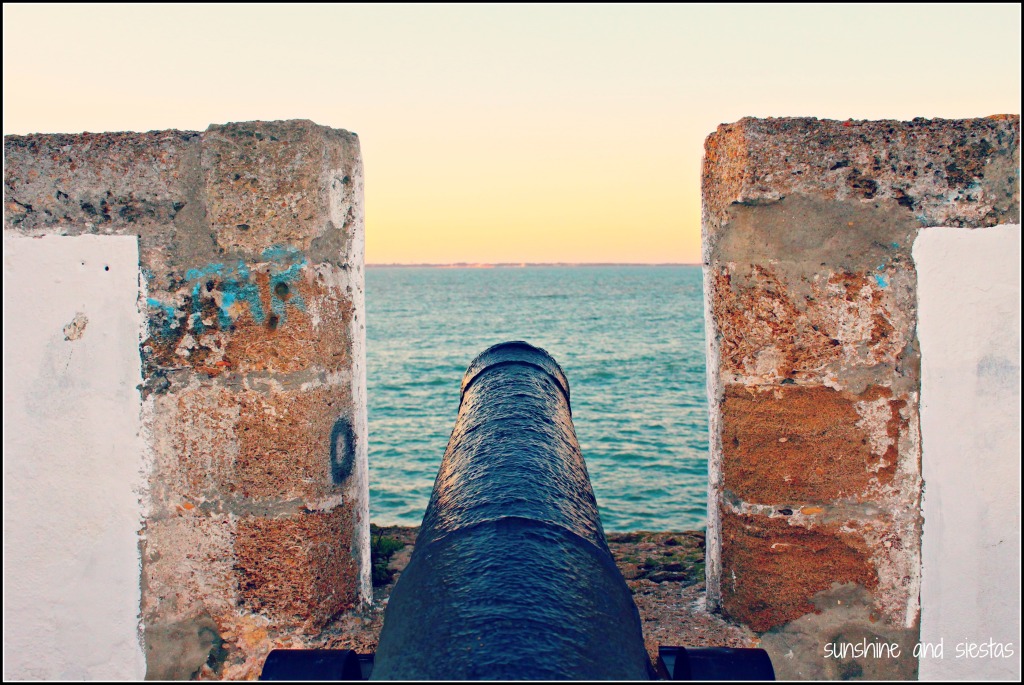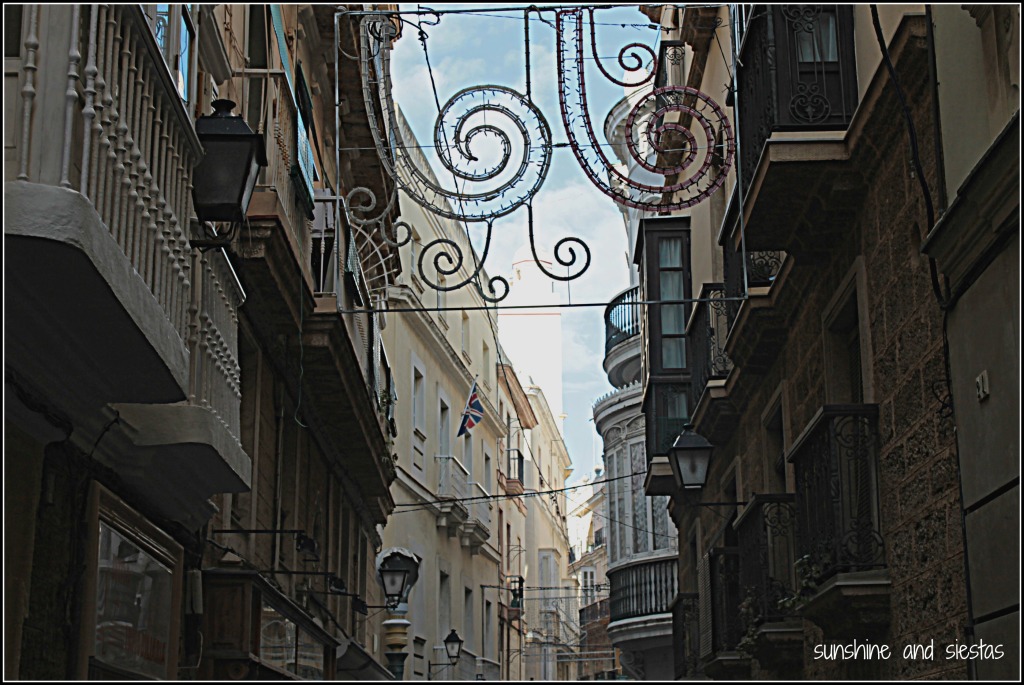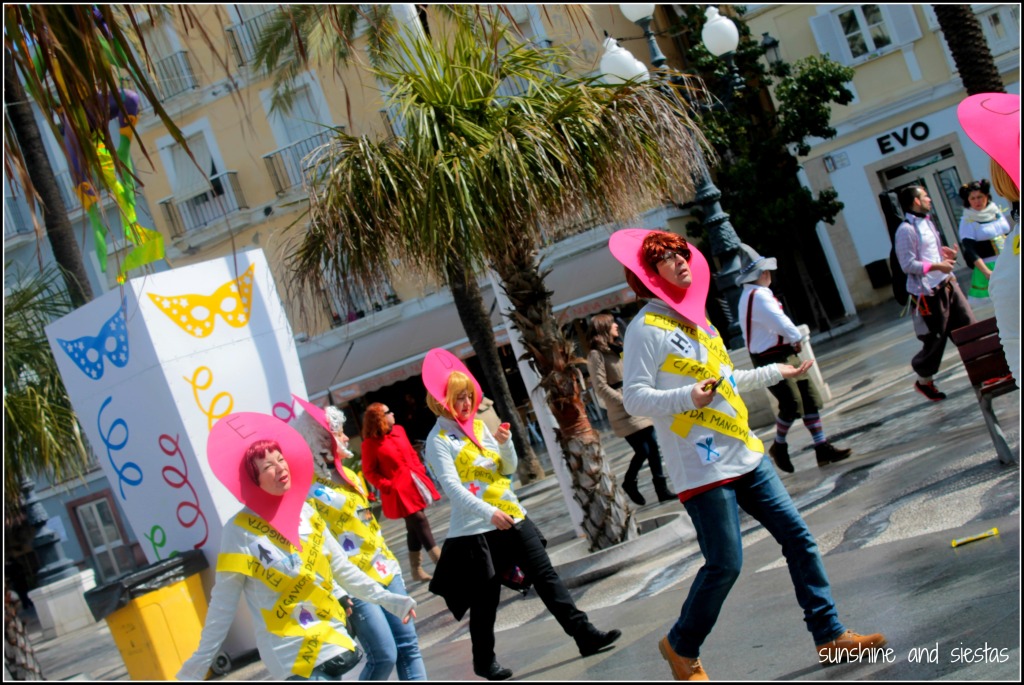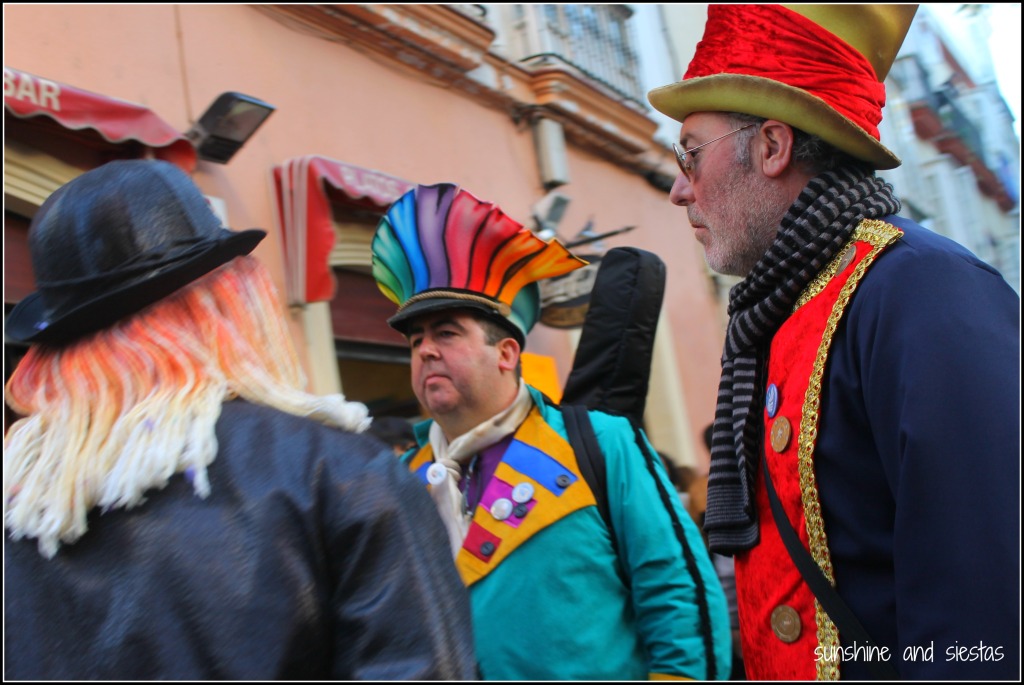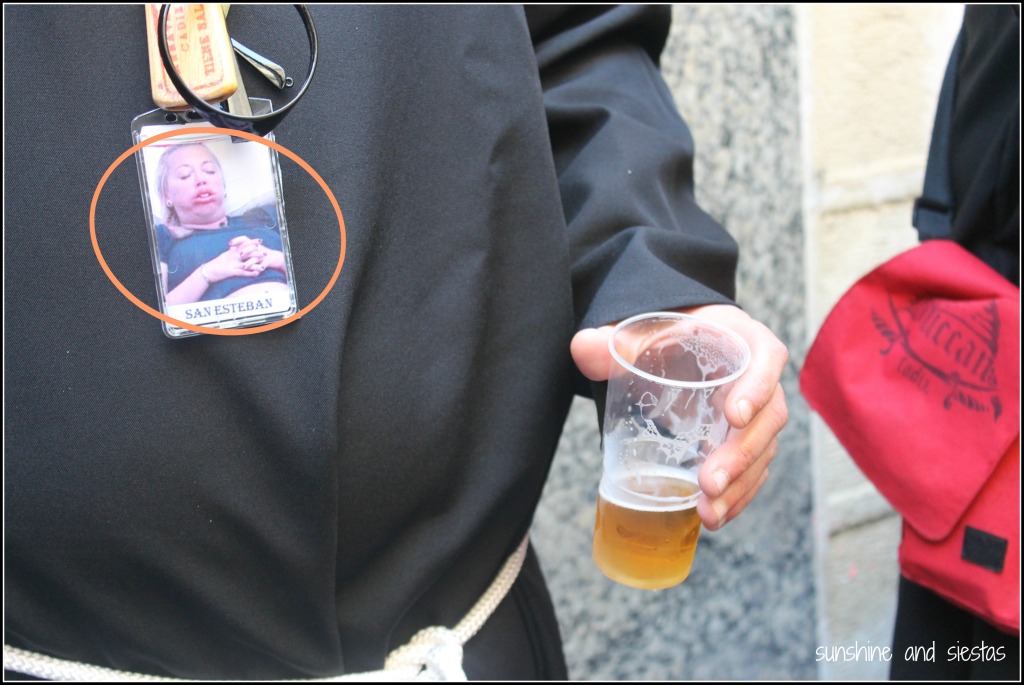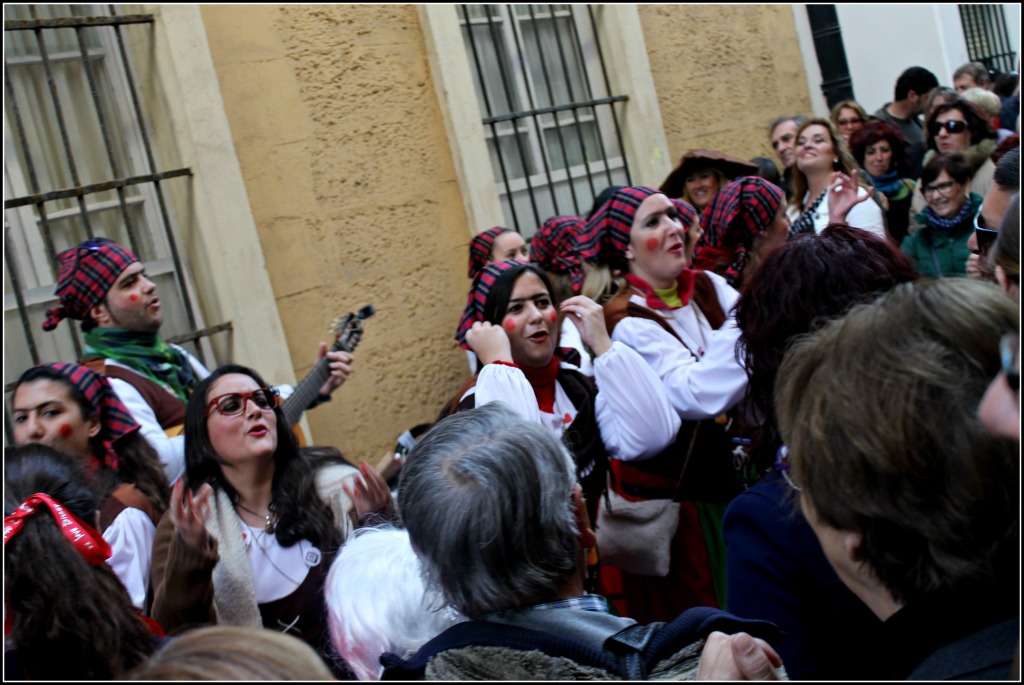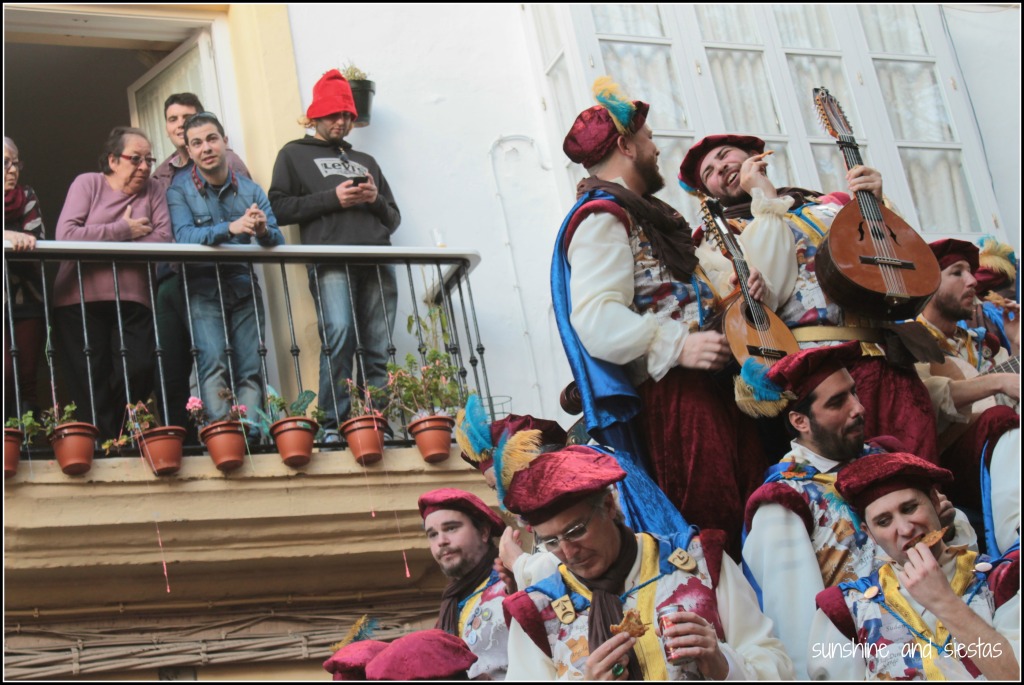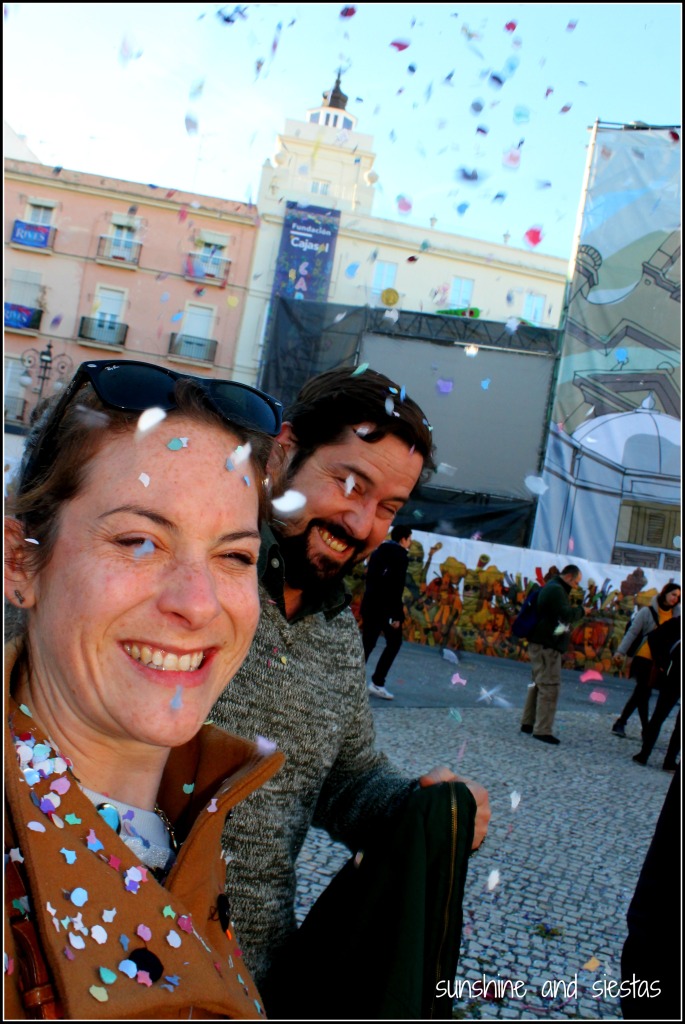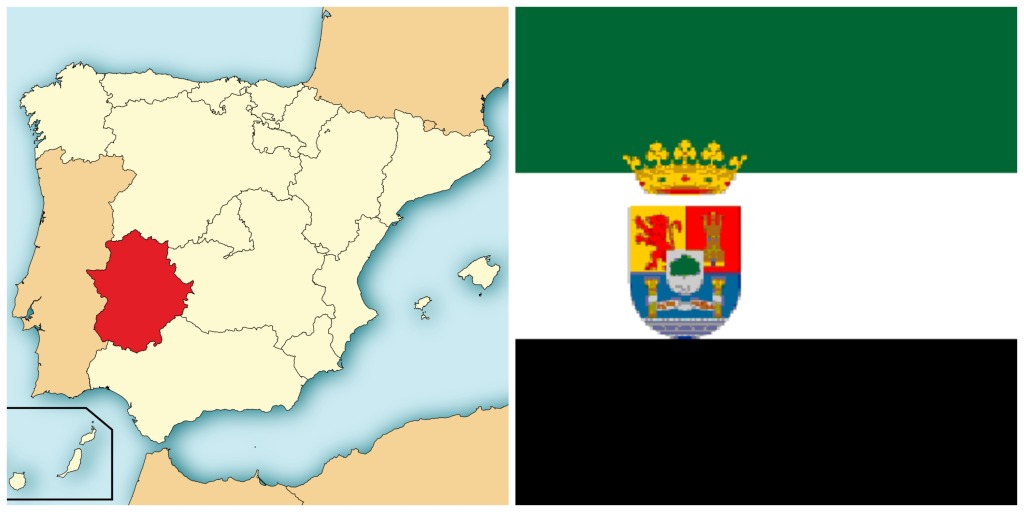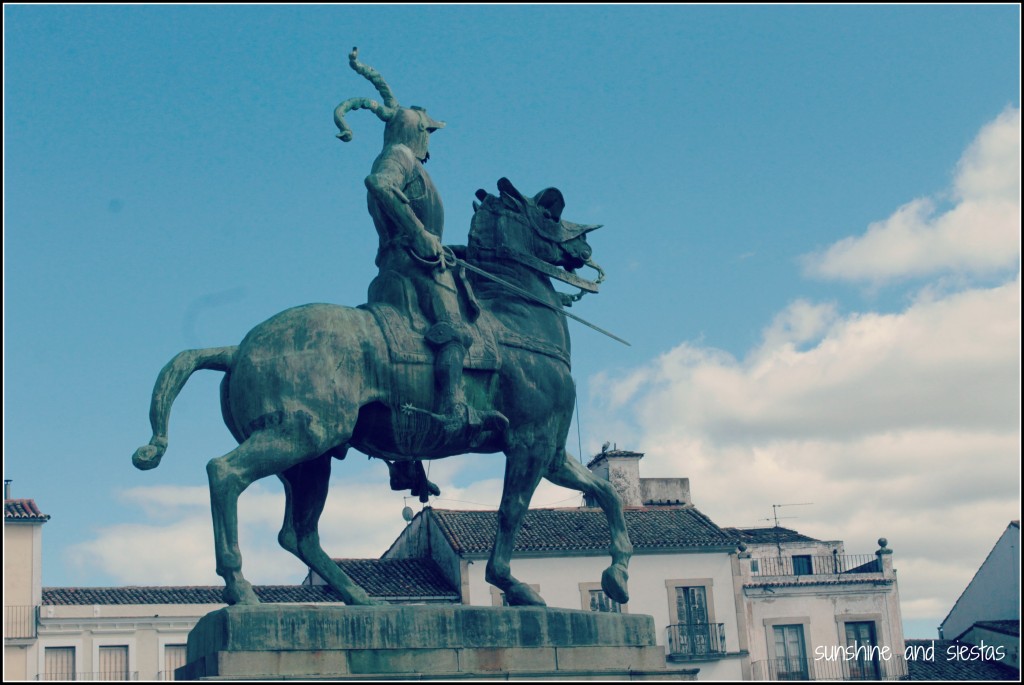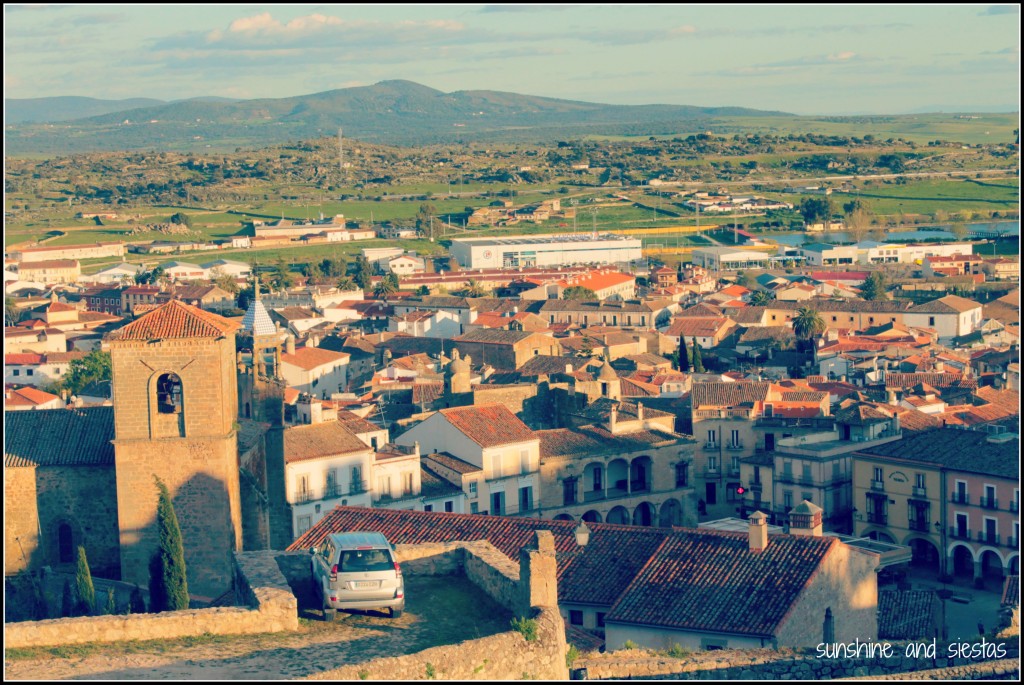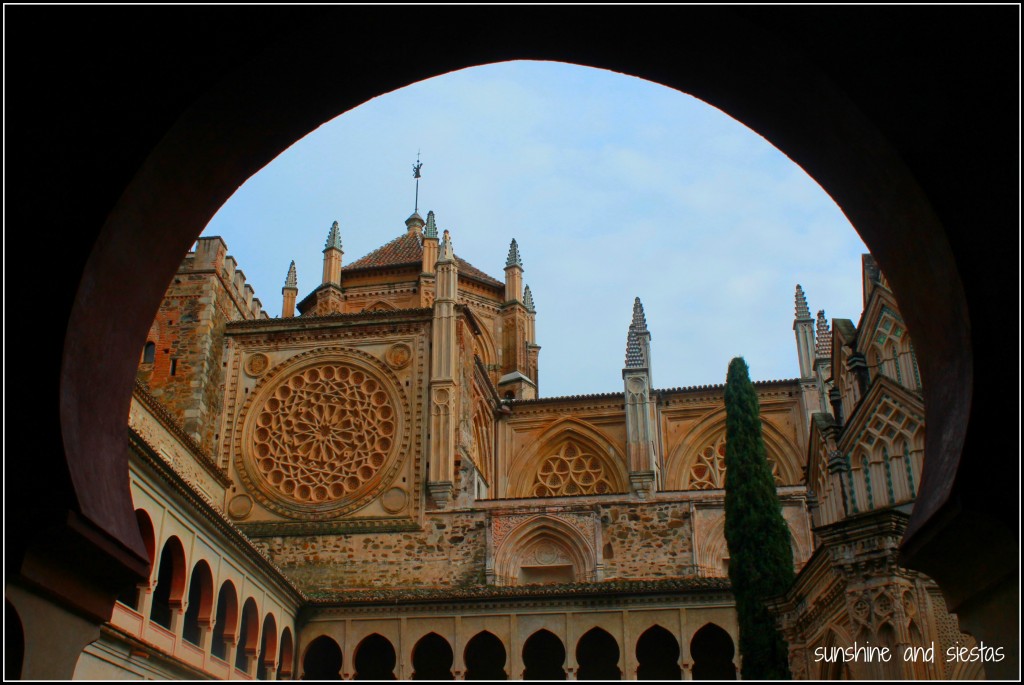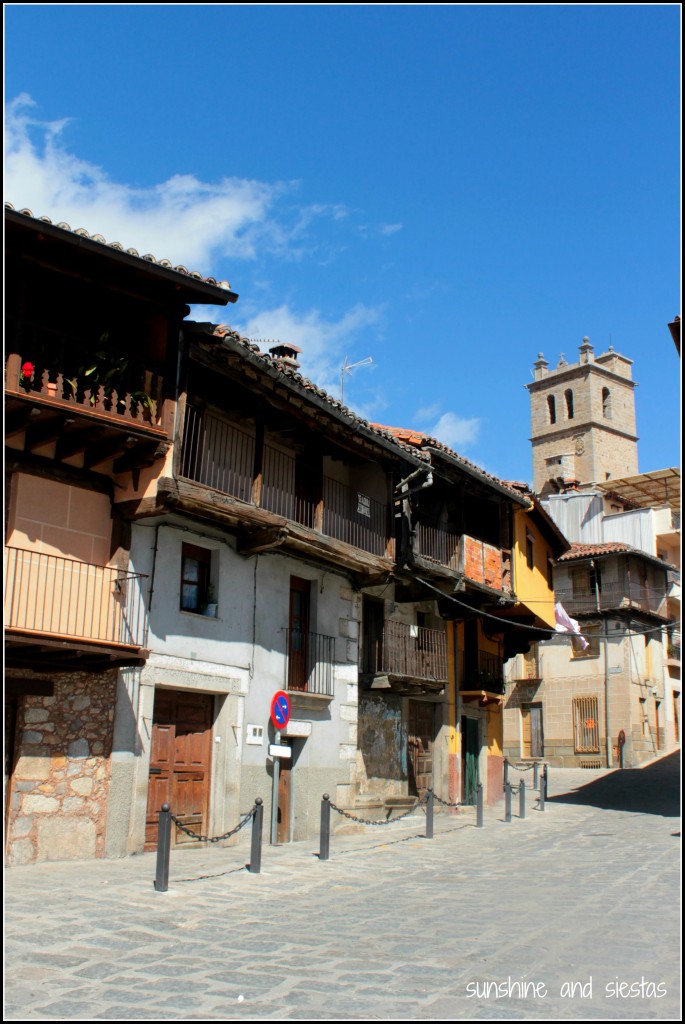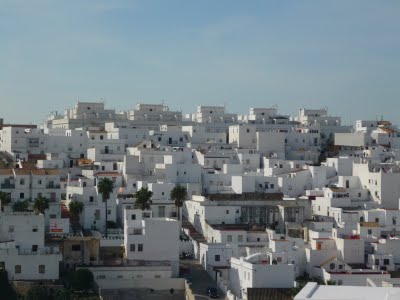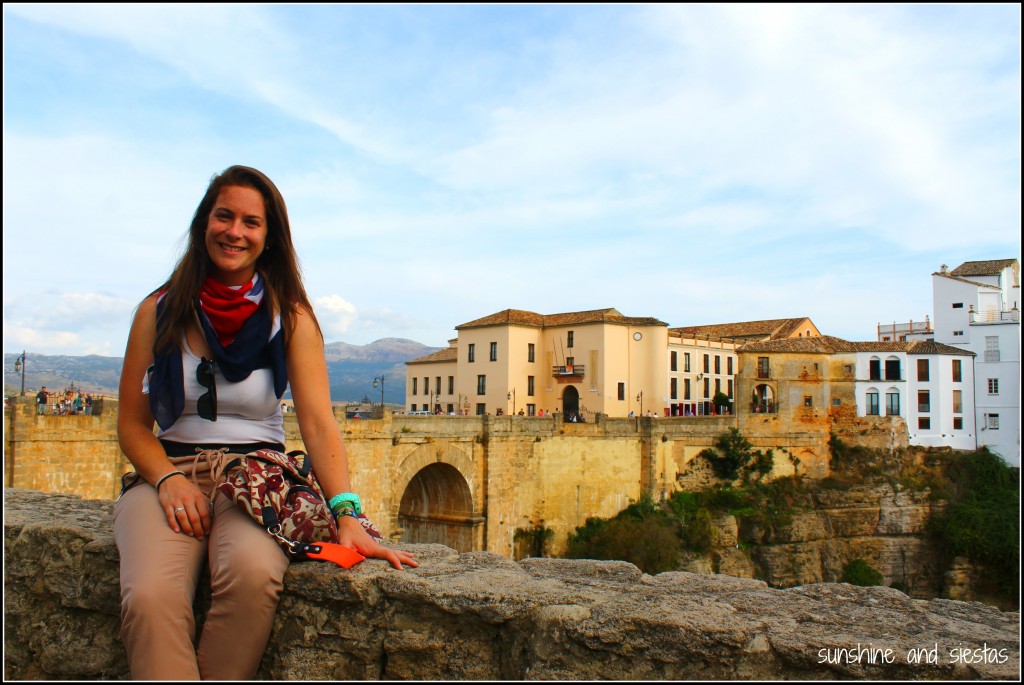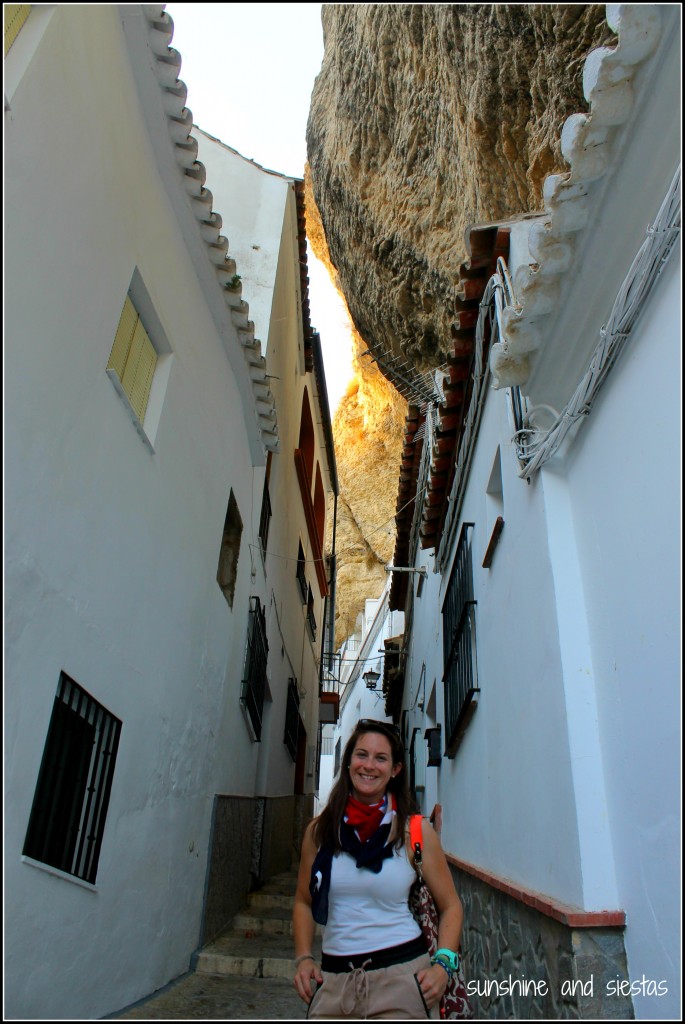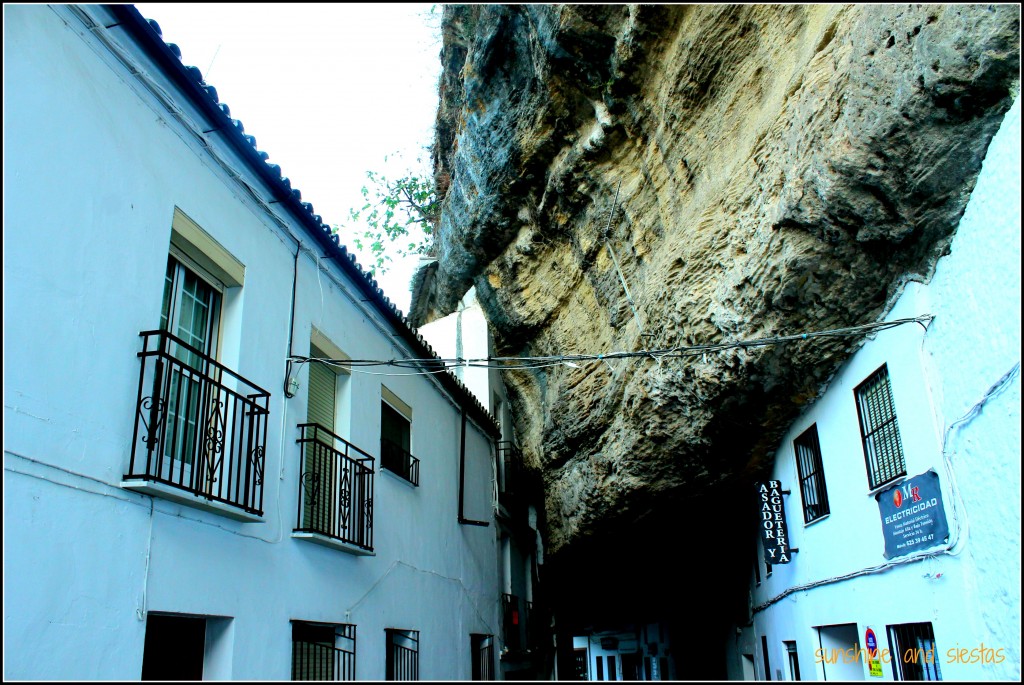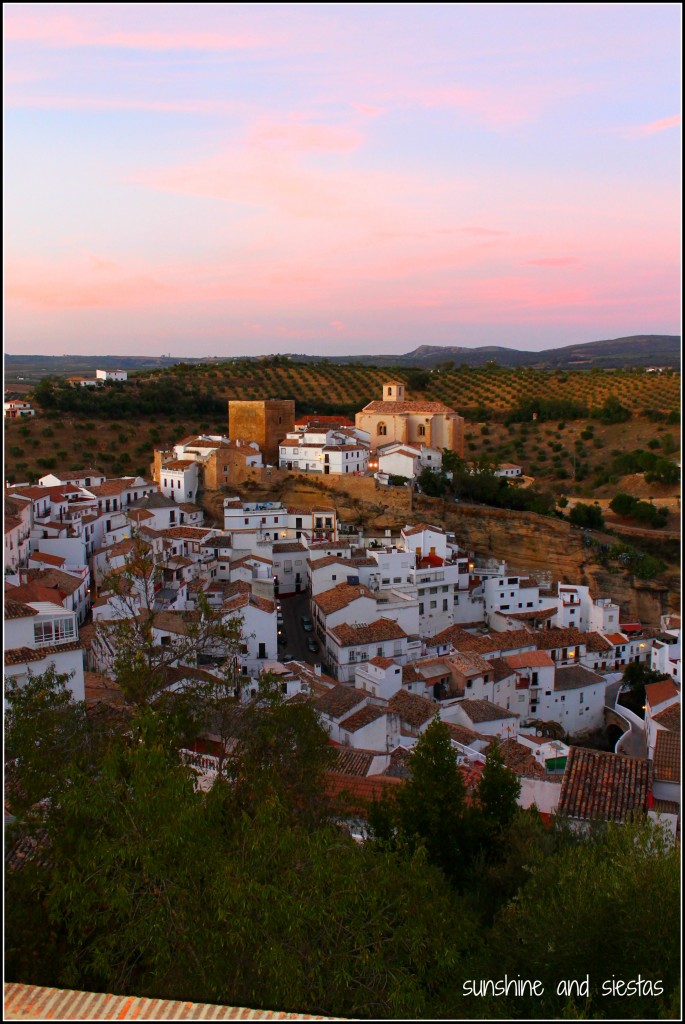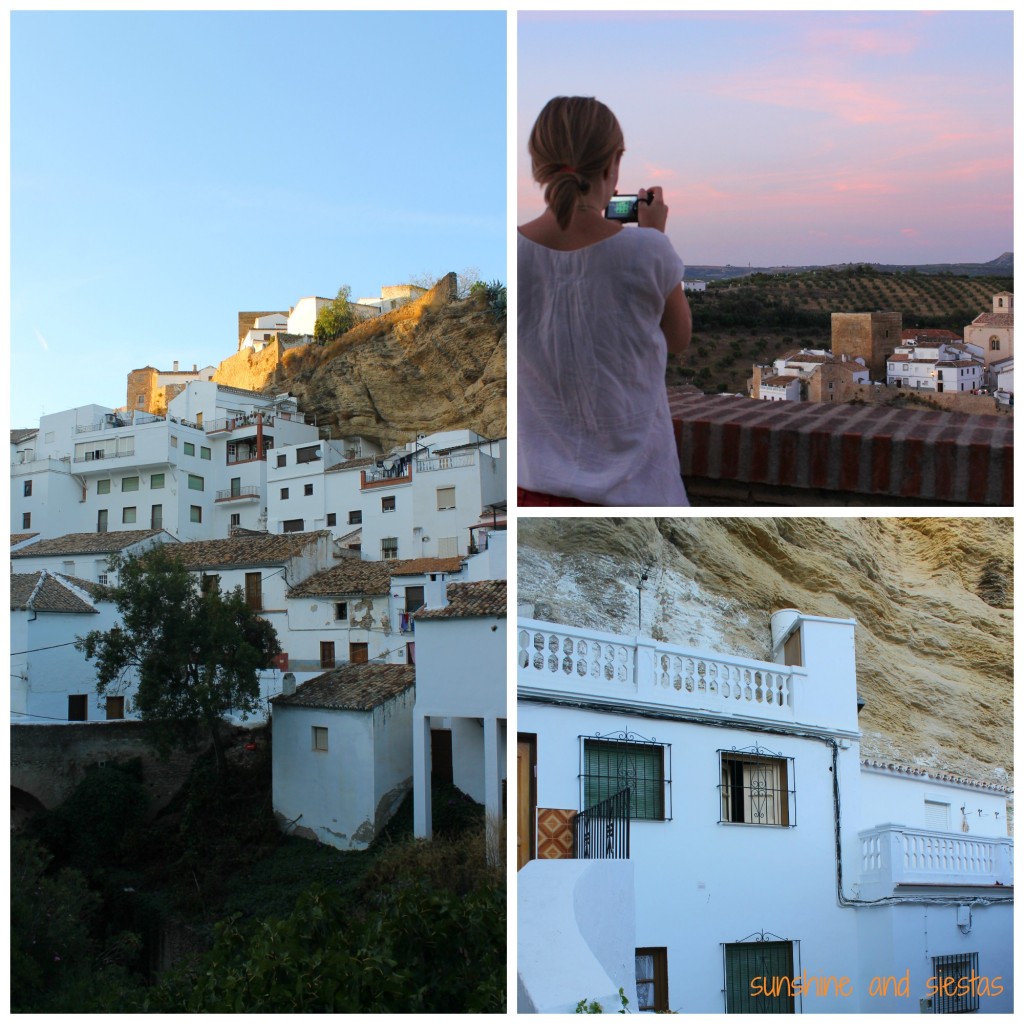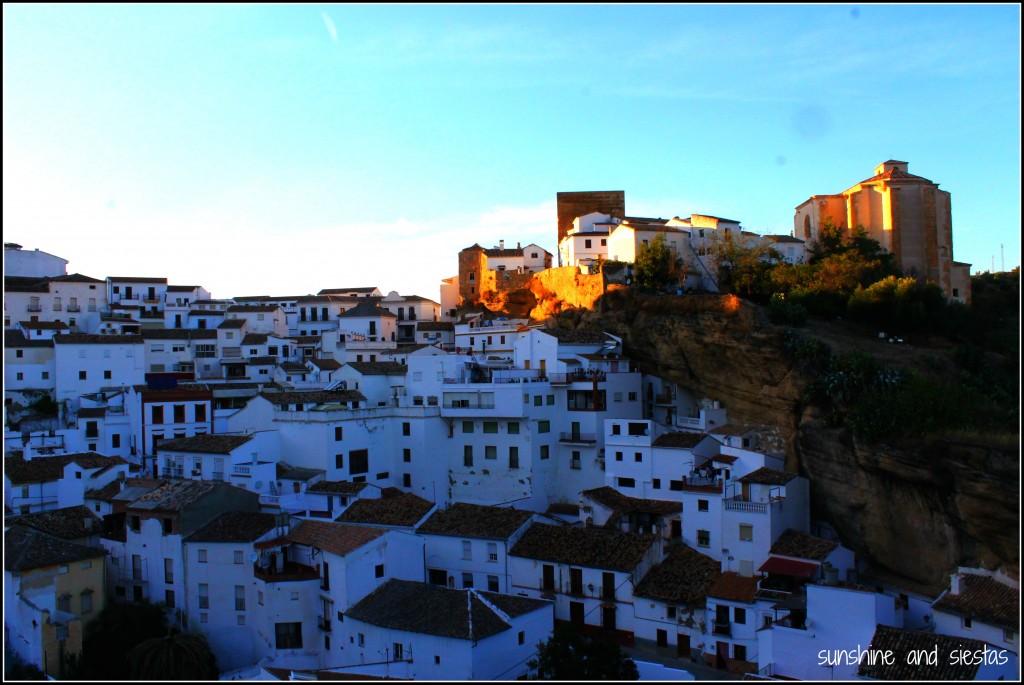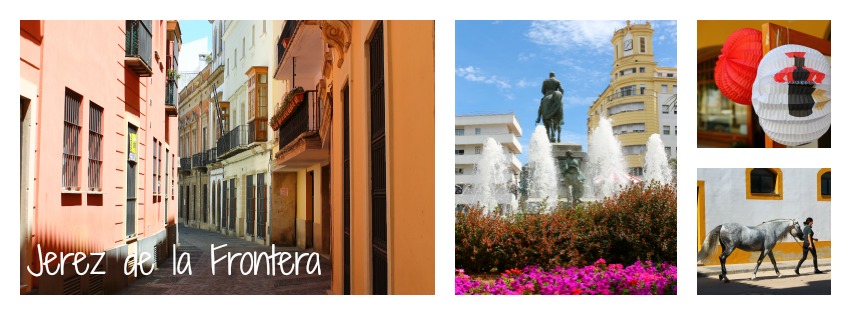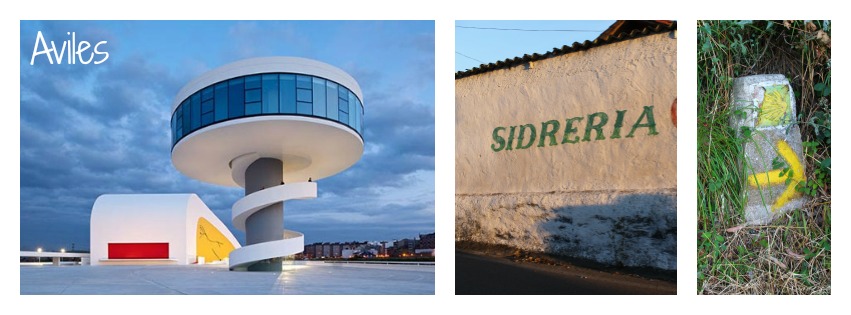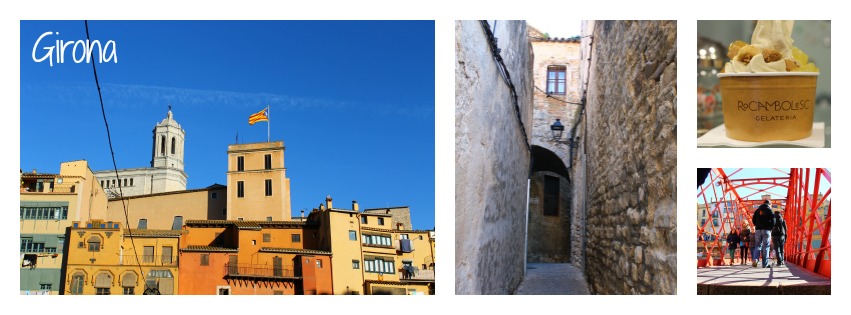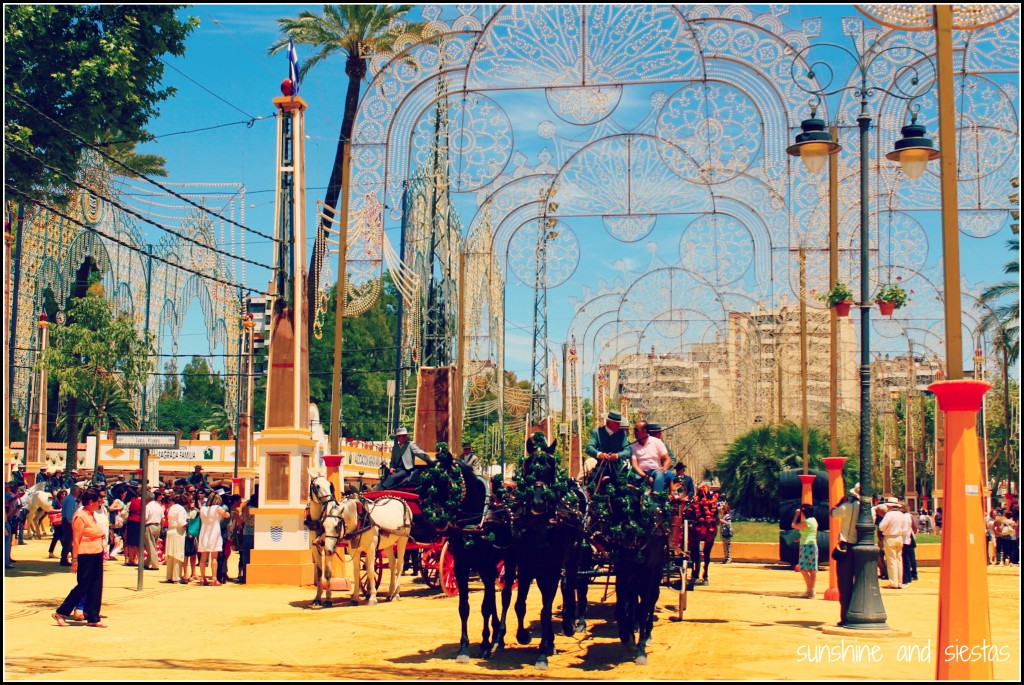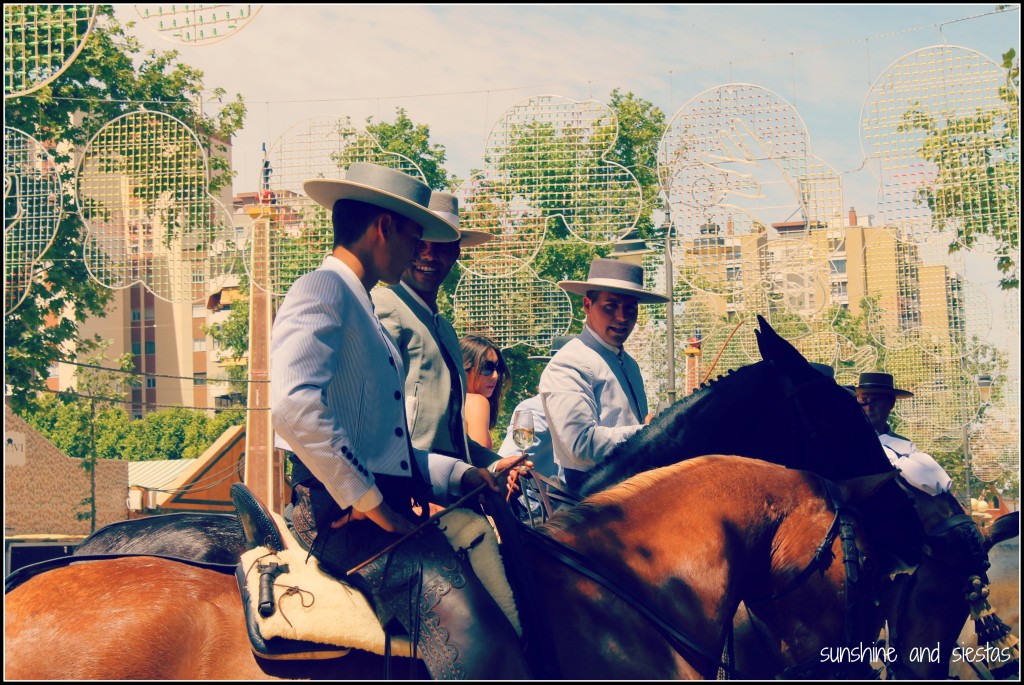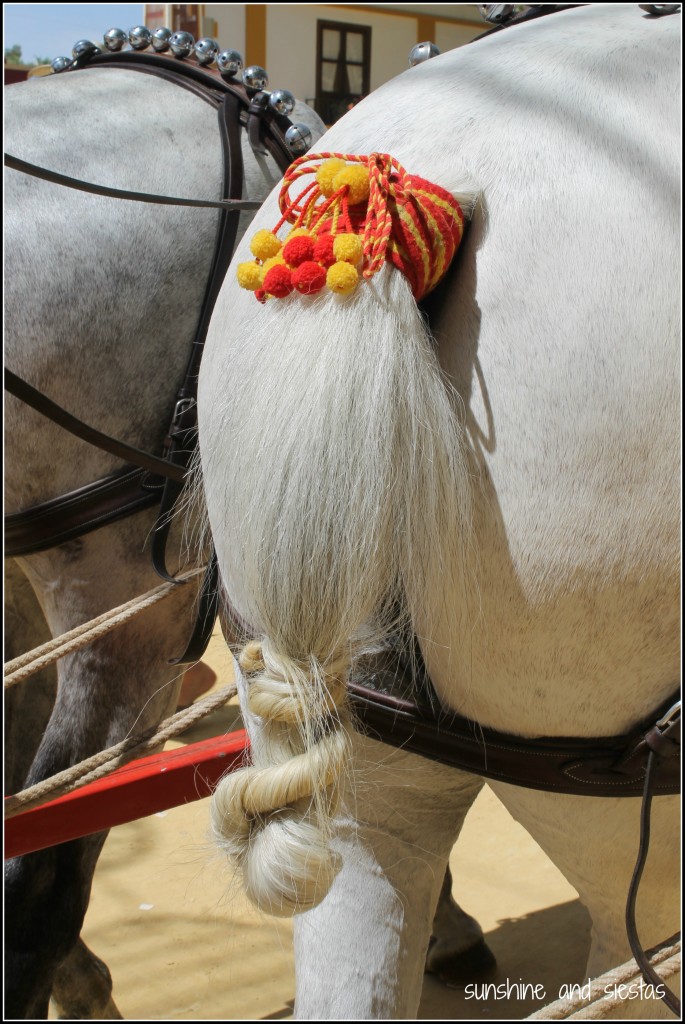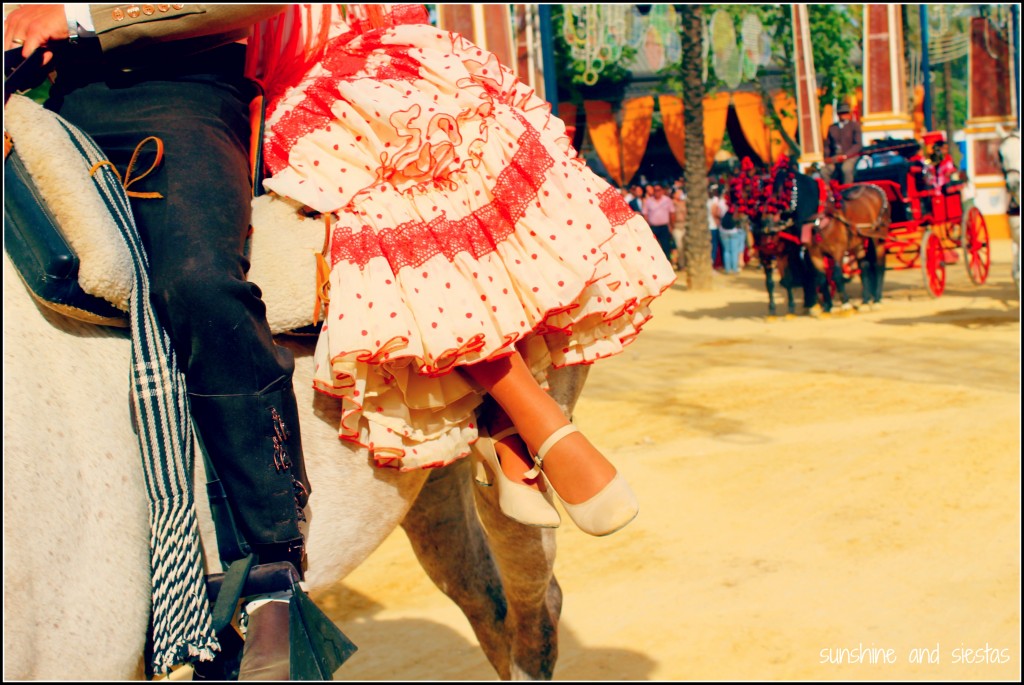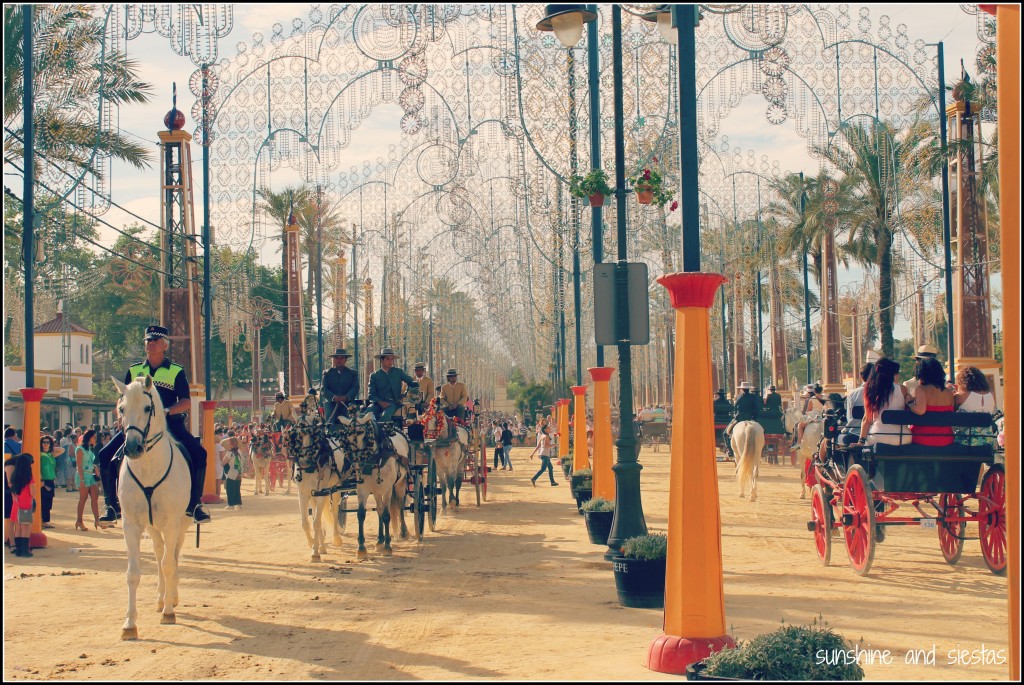There’s a lot of buzz around Málaga these days. With a newly christened port, a thriving arts scene and enough Spanish charm to bring native son Antonio Banderas back yearly, my neighbor city to the southeast is being touted as one of Spain’s up-and-coming tourist destinations.
As one of the most interesting destinations in southern Spain and a true Mediterranean getaway, Málaga deserves mention among Spain’s best spots for international travelers. It’s not a bursting metropolis like Madrid or a renowned party spot like Barcelona—but it’s full of the kind of visual delights and general comforts that make the south of Spain a desirable location in the first place.
Perhaps the best thing about Málaga is that it’s situated closer to the sea than most might guess given that it’s a fairly large city. There are actually Mediterranean beaches within the city limits, though most tourists seeking beautiful coastline will likely opt to venture 15 or 20 miles beyond Málaga to some of the truly amazing beaches of Costa del Sol. Visit Costa Del Sol has a comprehensive guide to the beaches of the entire southern Spanish coastline, including options like La Malagueta, La Caleta, and San Andreas—all within very reasonable driving distance of the capital of the Costa.
It’s also worth noting that Málaga is particularly accessible as Mediterranean cities go. The drive from Madrid only takes about five hours (and from Seville, just over two!), and coastal highways make it easy to reach Málaga from just about any Spanish city near the water—or from Portugal, for that matter.
The city is also large enough to merit an international airport and sometimes attracts very favorable travel deals from outside of Spain. Getting around is also easy once you’re in the city—a rental car gives you access to all of the beautiful surrounding areas and beaches with ease – as well as mountain towns and activities for outdoor enthusiasts.
But so far we’ve only covered Málaga’s surrounding beaches and how easy it can be to get there. The actually city itself is also filled with interesting perks for tourists. It’s one of the most fascinating visual and architectural areas in the whole country, thanks to its links to Moorish, medieval, and Roman culture. The Alcazaba palatial fortress is absolutely a must-visit attraction, and the Roman theater at city-center is also pretty fascinating. Really, Malaga is an interesting city to just look at, which might be one reason that there are multiple hiking trails in the hills and areas surrounding the city.

And finally, there’s the food! I’ve written about a day of culinary preparation in Malaga, and while that was a great experience, it only touches on the vibrant culinary culture that has sprung up in the city, revolving around all the traditional elements of Spanish cuisine: tapas, fresh fish, olives, citrus fruits and of course, fine Spanish wine!
Sardine month is approaching and I can’t get enough sweet vino de pasas, so between defying death on the Caminito del Rey and the beckon of the beach, I may be finding myself close to home, savoring the city’s renewed experiences for a traveler.
Have you ever been to Málaga? What do you like or recommend visiting in the capital of the Costa del Sol?
